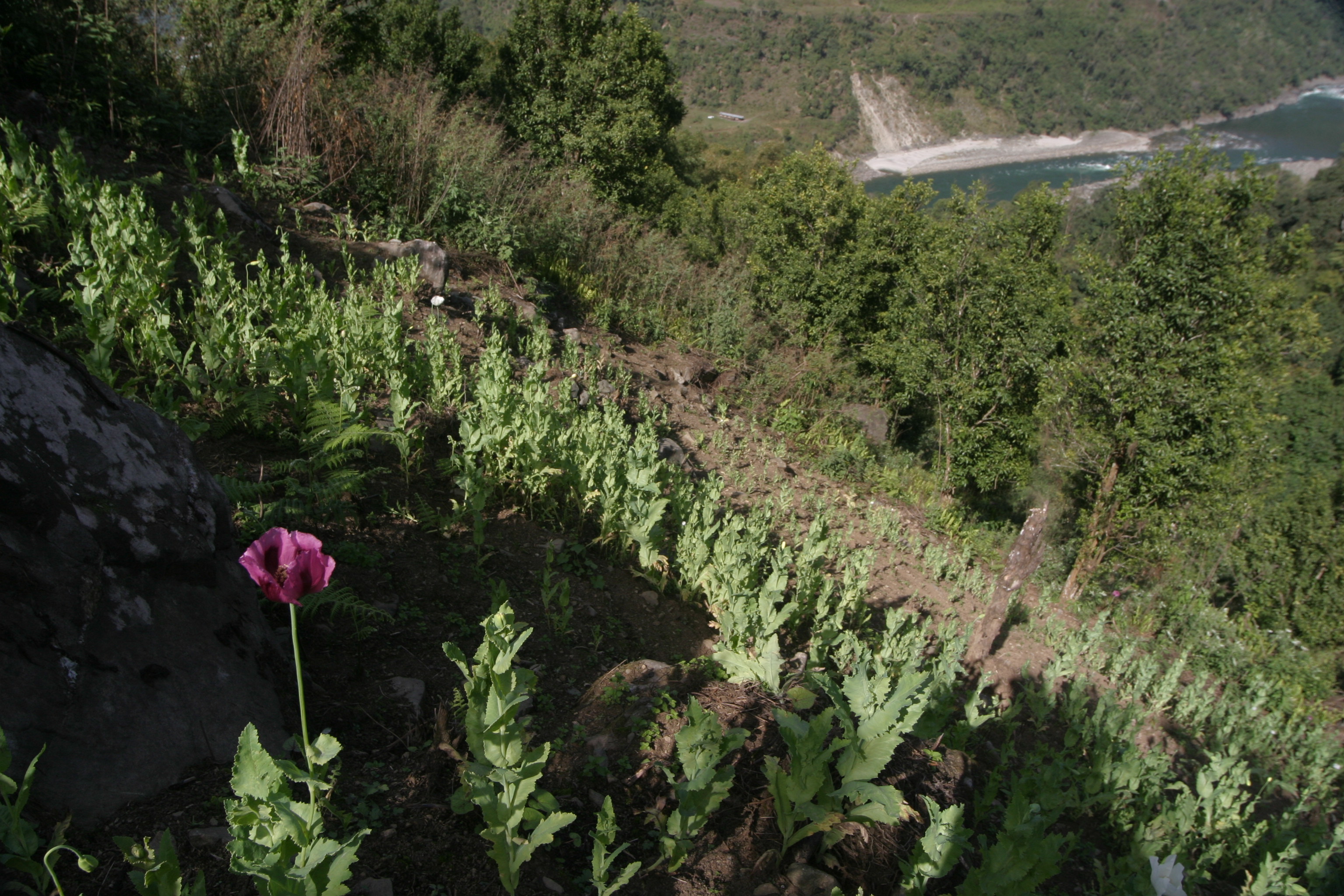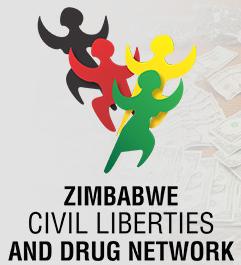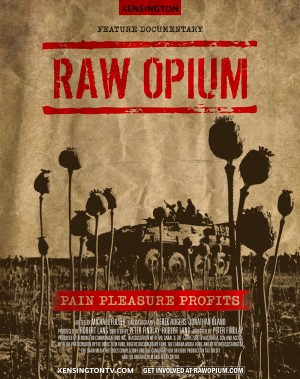On May 16th the Colombian government announced an agreement had been reached with the FARC guerrilla on the latest issue under discussion at the peace talks in Havana, Cuba: “A Solution to the Problem of Illicit Drugs.” The points agreed upon, which were provided in an accompanying text, suggest some positive steps away from the repressive, militarised approach which has been so disastrous for the people of Colombia and the region.
In a break with the official discourse of the past, illicit drugs are separated from the internal conflict between the FARC and the government. There is a recognition that “the continuation of [illicit] cultivation is linked partly to the existence of conditions of poverty, marginalisation and weak state presence, as well as the existence of criminal organisations dedicated to narco-trafficking.” Eradication operations have been a mainstay of government policy, but if the agreement holds this looks set to change. The FARC have long been calling for crop substitution and alternative development in rural areas, and while the government has adopted some piecemeal efforts, the text implies such initiatives will now take precedence and will be guided by the freshly created “community assemblies”, thereby granting some local democratic governance to drug policy. Crop destruction should be voluntary the text says, but in cases where growers refuse the government will go ahead with forced eradication. Fumigation is not mentioned, but the head of the government delegation to the talks has said spraying would remain an option in “extreme cases.” The text notes that the FARC remain opposed to spraying and want all eradication to be manual.
There are important prescriptions for consumption-side policies, which will “focus on human rights and public health” and on evidence-based solutions, to be implemented with the participation of local communities. A shift in approach has been in the works for some time. “Almost literally, they took what we had said in the Government Advisory Commission on Drug Policy,” one of its members told the Colombian press. The Commission was created by President Santos last year. At its head was ex-president Cesar Gaviria, one of the former Latin American leaders who had earlier been part of a report that argued for a “paradigm shift” in drug policy in the region. The Commission has endorsed the position articulated in a widely-publicised Organisation of American States report, initiated at the behest of Santos and Guatemalan President Otto Pérez Molina and published in May 2013. Perhaps unsurprisingly given the impact of the War on Drugs in the region, the first multilateral body to present a harsh condemnation of the policies was primarily Latin American. The two reports represented high-level recognition of the problems inherent in the drugs policies pushed by Washington for the previous four decades.
There are other important elements of the agreement worth mentioning here: a commitment from the government to focus on the higher-level members of the drug trade, on money laundering, trafficking in precursors, and corruption; a joint recognition of the need for global consensus on drug policy; government recognition of the use of coca by indigenous peoples; and it was also announced that the FARC will give the government the locations of anti-personnel mines used to protect crop growing areas.
But optimism should be tempered, not least by the text’s own caveat that “nothing is agreed until everything is agreed.” The agreement on one of the most politically charged issues in the country comes just prior to elections in which the incumbents are being challenged by a party openly hostile to the continuation of the talks. It is difficult not to assume that this was a motivator in getting the deal done on time. There are indications the FARC made some concessions in the short term. In a statement released immediately after the agreement was announced, the FARC’s negotiating team said there were one or two elements that still needed to be addressed, as there also were, they added, in the previous two agreements on ‘Integral Agricultural Development Policy’ and ‘Political Participation’. Three issues were raised in relation to drugs. First, FARC representatives reemphasised the need for a new government approach that “focused its efforts on the persecution and imprisonment of the main beneficiaries of the illicit drug market, as well as in the dismantling of transnational trafficking networks and money laundering.” This would be supported by a Commission made up of experts and civil society “for the design of a new democratic and participative national anti-drug policy.” A second point called for the immediate suspension of chemical spraying and for reparations to be paid to the victims, and a third for the creation of a national conference with a principal task of looking into the commercialisation and production of drugs by the paramilitaries.
The Colombian government’s history of promises and law-making on vital issues also invites scepticism. The text may acknowledge indigenous use of coca, but the rights of the indigenous population, which are guaranteed in Colombia’s constitution, are routinely violated. And how can the appalling effect of fumigation be squared with the government’s new commitment to “take into consideration the respect for human rights, the environment and the buen vivir” during eradication operations? It is also not clear how much of the wording was simply a FARC effort to save face; the mention of a rejection of “intervention in the internal affairs of states” seems almost comical given extent of US involvement in Colombia. Until these agreements are codified and transferred into practice, it is impossible to judge their merit.
Moving away from the talks in Havana, there are broader issues that need to be addressed before a ‘solution’ can be seriously discussed. As the talks opened, Colombian officials made very clear that the country’s economic model was not up for negotiation. But it can hardly be separated from the drugs issue. Aggressive economic ‘liberalisation’ over the past two decades has exacerbated already shocking levels of wealth and land inequality. The fact that UNDP statistics show 1% of land owners hold half the agricultural land is central to any discussion of illicit cultivation. As is the health of Colombia’s rural economy. One impact of the economic model has been the progressive undermining of traditional agricultural production, a process that reached its zenith in 2012 with the coming into effect of a Free Trade Agreement with the United States. US-subsidised goods now ‘compete’ with local produce unprotected by tariffs. Oxfam reported at the time that a predicted 1.8 million farmers in Colombia would be adversely effected. The charity outlined three survival options for farmers: join the armed groups, leave the countryside and join the millions of displaced living in slums surrounding the major cities, or switch to producing coca. In this economic environment, crop-substitution and alternative development are merely bandages. Agricultural workers staged enormous strikes in 2013 and again this year in response to these developments. In both cases, farmers’ organisations cited the impact of neo-liberal reforms and the need to defend national production as the reasons they had resorted to such measures.
Beyond a meek reference to “corruption” the text makes no mention of the government’s long-established involvement with drug traffickers or its links – well-documented and both tacit and overt – with the paramilitaries, the rural death squads turned criminal syndicates heavily reliant on trafficking and other illicit activities. One important role of the paramilitaries is to crush dissent to the economic model and the unjust social and political dispensation. Human rights activists are systematically murdered in Colombia, and the number of killings has been rising in recent years – seventy eight were killed in 2013. It is the most dangerous place in the world to be a trade union leader; “In Colombia it’s safer to form a guerrilla group or a criminal band than a labor union,” states one opposition political leader. The declaration of a new left-wing political movement called the Patriotic March notes the following:
“[The] economic model has led to increased degradation of sovereignty, greater concentration and centralization of wealth, increasing social inequality, insecurity and pauperization of labor, social and environmental depredation and the continued appropriation of social wealth and the fruits of labor through the dispossession and displacement of the population.”
Forty eight Patriotic March activists have been killed in the last two years. In rural areas, paramilitary violence has driven people from their land, paving the way for corporate takeover; a former paramilitary described the nexus of collusion between the paramilitaries, the corporations and the government: “We went in killing, others followed buying, and the third group legalized.” The number of displaced people, in a country where around 1o% of the population have been forced from their homes, has been rising in recent years, and communities seeking to return to their land face armed opposition; 71 people trying to get back home were killed between 2006 and 2011, with only one case leading to a criminal sentence.
For these reasons, the same context discussed in relation to the drugs issue needs to be applied to any talk of ‘peace’. An agreement between the FARC and the government is hardly the end of violence in Colombia – there is another very real war where only one side has the weapons. Here is a recent example, one more story in a history of paramilitary terror so shocking it sometimes defies belief. In the city of Buenaventura on the Pacific coast, paramilitaries – often referred to as “successor groups” following a demobilisation process widely considered to have been a sham – “restrict residents’ movements, recruit their children, extort their businesses, and routinely engage in horrific acts of violence against anyone who defies their will.” Thirteen thousand people, mainly afro-Colombians, fled the city last year. A report by Human Rights Watch explains why:
“Buenaventura residents in different parts of the city told Human Rights Watch that successor groups have houses known as casas de pique, or “chop-up houses,” where they take victims to dismember them, and from which neighbors can hear their screams and pleas for help. For example, for several months during 2013, residents of a waterfront neighborhood witnessed members of a successor group taking people into a “chop-up house” on a weekly basis. Afterward the members of the group would emerge carrying plastic bags, which the neighbors believed contained the dismembered corpses of the victims. On some occasions, screams coming from the house led witnesses to believe the victims were being dismembered alive. Residents saw the group take several victims’ remains to a nearby island on the bay.”
The report found that “authorities have not protected the population” from the paramilitaries, and, “even more troublingly, several inhabitants reported witnessing members of the police meet with the successor group in their neighborhoods.” Unsurprisingly, “there is a profound distrust in authorities and a pervasive sense of defenselessness in the face of the groups’ constant abuses.” As is generally the case with paramilitary violence and terror, impunity reigns. Government officials have tried to downplay the seriousness of the situation by pointing to a falling homicide rate, but HRW note that this is only the result of “disappearances” not being classified as homicides. The report gives an example of the price of resistance:
“Many residents of Buenaventura have lost all faith in the ability of the government to protect them. On September 13, 2013, hundreds of them participated in a march for peace led by the local Catholic bishop. The march wound through several of the city’s neighborhoods and ended on a soccer field, where the participants prayed for an end to the violence. The next day, a 23-year-old man’s head appeared on the field, with parts of his body scattered through nearby neighborhoods. When his family sought justice for the murder, they began receiving death threats and fled the city, joining the ranks of Buenaventura’s displaced.”
The group responsible are known as “Los Urabeños”, one of the largest drug trafficking organisations in the country. In 2012 Human Rights Watch’s World Report noted that such groups “continue to grow, maintain extensive ties with public security force members and local officials, and commit widespread atrocities.” Until this is addressed, talk of ‘peace’, while an important step, retains a hollow ring. And, where drug cultivation is so intimately connected to paramilitary violence, displacement, and rural impoverishment, an agreement with the FARC should be welcomed, but with the recognition that it is only one side of the story.




